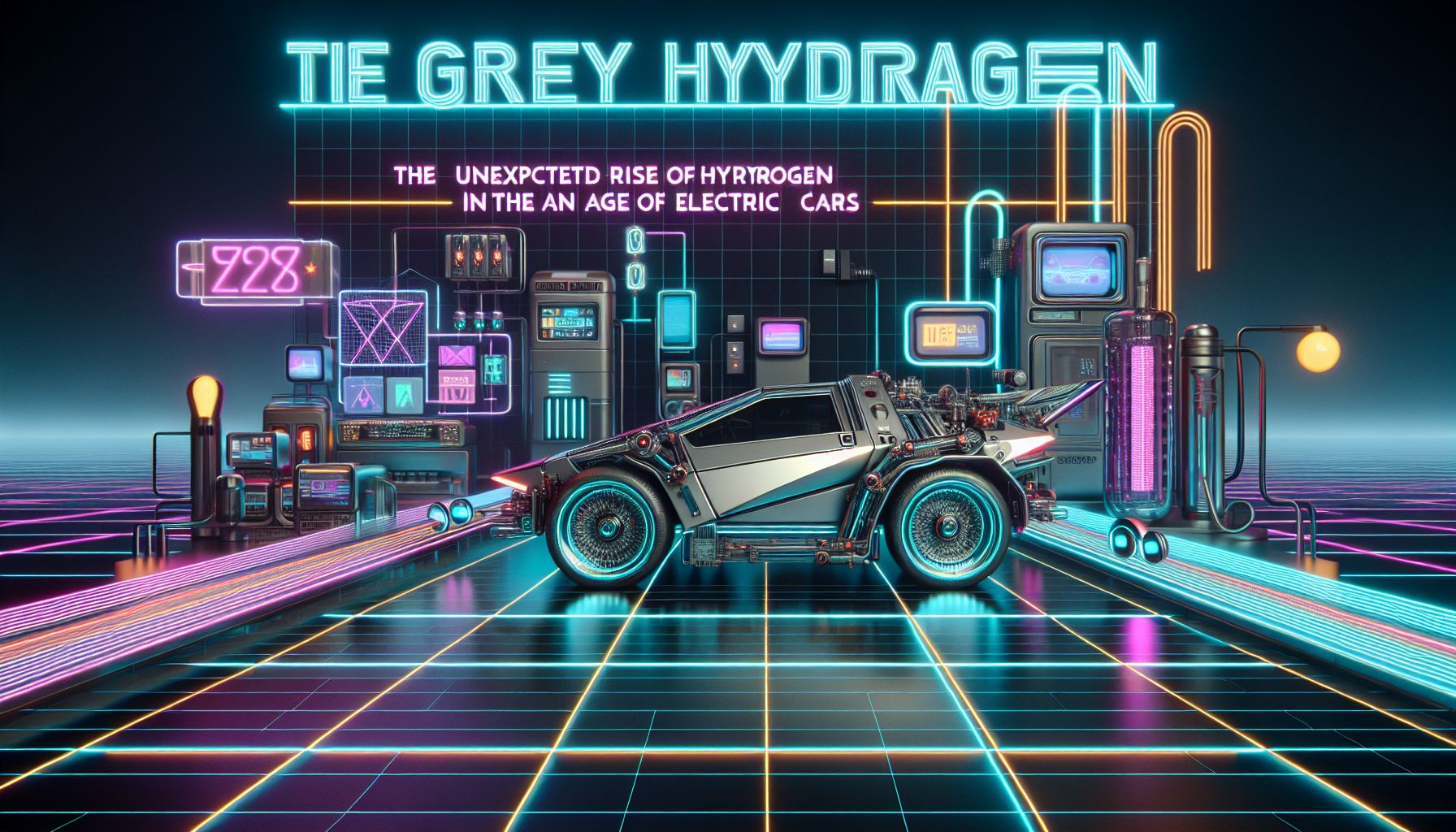The Unexpected Rise of Grey Hydrogen in the Age of Electric Cars

London, Sunday, 6 July 2025.
Amidst the electric vehicle revolution, grey hydrogen from natural gas gains importance. It’s vital for high-energy outputs, balancing sustainability and demands. A surprising twist in the future of green energy!
The Unexpected Resurgence of Grey Hydrogen
With EVs reigning supreme, grey hydrogen from natural gas finds its niche. It’s perfect for sectors demanding high energy and quick refuelling—think heavy transport or industrial needs. Electric cars are great, but who’s got time for long recharges? Hydrogen can refuel in minutes [1].
Balancing Sustainability with Demand
As green dreams flourish, grey hydrogen’s practicality can’t be ignored. Sure, it’s not the greenest. But in contexts like heavy industry, it hits the sweet spot between efficiency and current infrastructure capabilities [2][GPT]. Still, the journey to a greener hydrogen future remains pivotal [3].
Governments’ Tug of War
Hang around long enough and you’ll witness the government’s EV push versus hydrogen backing. EVs get the limelight with charging networks expanded. Yet, hydrogen shines in heavy-duty transport and other high-stakes applications, especially with tax breaks and projects popping up in key regions [1][4].
Hydrogen’s Future Challenges
As green hydrogen gains ground, grey hydrogen must adapt or fade. Promising pilot projects for green hydrogen may bring costs down, making it a viable alternative. At present, grey hydrogen serves as a transitional solution. But low-carbon variations like blue and green seek to dominate through innovation and mass adoption [2][3].